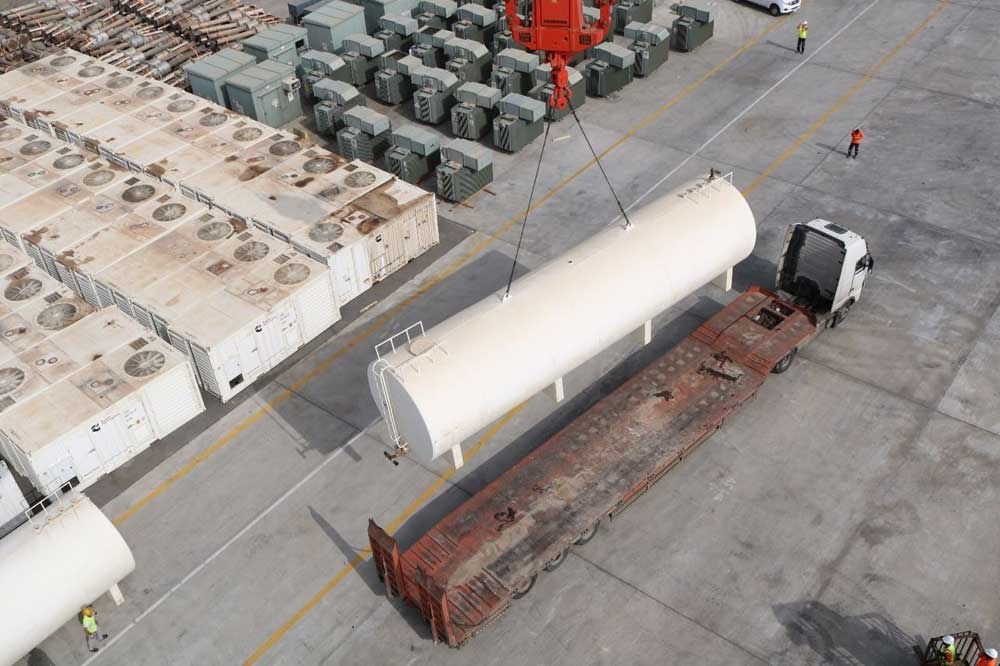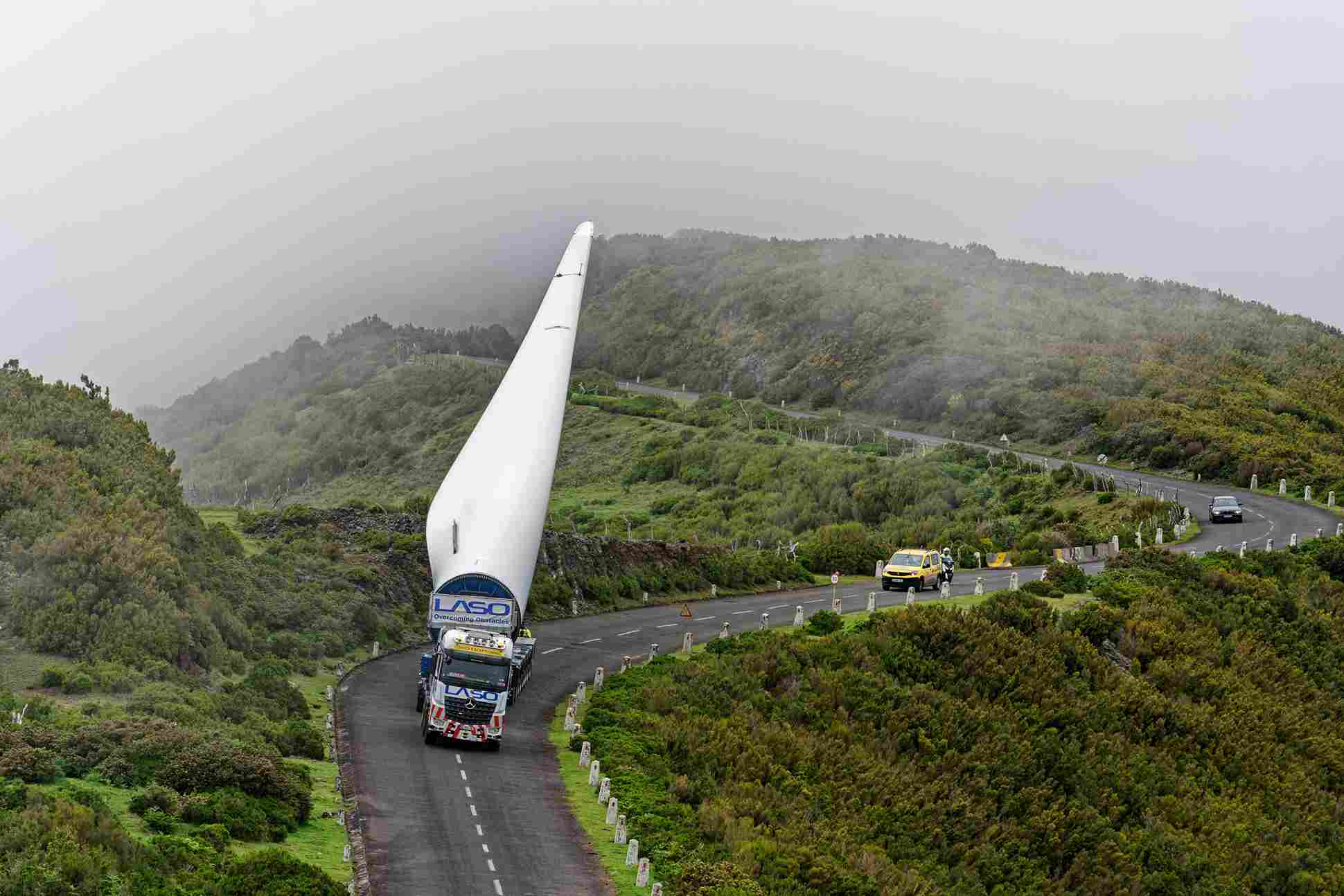
Article content:
In the following article, DiFFreight experts will share technical information, such as what oversized cargo is, what its parameters are, and how it is transported. This is one of the most challenging areas in logistics because different countries have different requirements and restrictions for oversized freight.
Let’s start with definitions:
The size limits for road transport are as follows:
Oversized cargo falls under the category of cargo that does not exceed the above parameters. It has several advantages:
Organizing logistics for oversized cargo is not simple because many factors need to be considered.
Let’s discuss the dimensions for road transport. Cargo is considered oversized if it exceeds:
Even if just one parameter is exceeded, the cargo is still considered oversized. Volume is not a determining factor for this type of freight.
Oversized cargo has no maximum size limits. Agricultural machinery, wind turbine components, pipes, and construction machinery all fall into this category.
Important: The EU, USA, and other countries have different dimensional regulations for oversized cargo. This must be considered when transporting within their territories.
Construction Equipment
Industrial equipment
Agricultural machinery
Metal structures
Military equipment
Energy-related cargo

Vehicles
Long-length cargo
Exceeds length parameters: 20–70 m. Transported on extended trailers or modular platforms.
Wide-load cargo
Width exceeds 2.55 m (sometimes 6 m or more).
High-load cargo
Height exceeds 4 m, up to 8 m. Accordingly, these loads also weigh more — up to 100 tons. In addition to selecting vehicles with high load capacity, special routes must be planned to pass under bridges and power lines.
Heavyweight cargo
Weight exceeds 44 tons, with other parameters varying. Reinforced trailers and additional axles are used to distribute the load.
Super-heavy cargo
Weight starts from 100 tons, with varying dimensions. Modular transport with steerable axles is often used, requiring meticulous route planning.
Transporting oversized cargo with dimensions beyond the norm involves several challenges:
The first step is to measure the parameters of the oversized cargo itself and its packaging. If it exceeds the established limits for at least one indicator — it is considered oversized.
Note that the definition of oversized differs for different types of transport. For example, in road transport, it exceeds the dimensions mentioned above. In maritime transport, an oversized cargo is one that does not fit inside a standard dry container (20, 40 feet, or 40 HC) in terms of length, width, height, or if its weight exceeds the maximum useful load capacity.
If your business is related to delivering oversized shipments, contact DiFFreight. We will study the dimensions and find the optimal transport solution.
If you plan to transport oversized cargo, contact DiFFreight. We will calculate transportation costs considering the parameters and regulations. Our team will strive to find the best price for your business. Oversized cargo transportation is the most expensive sector in logistics, making it essential to secure the best conditions.